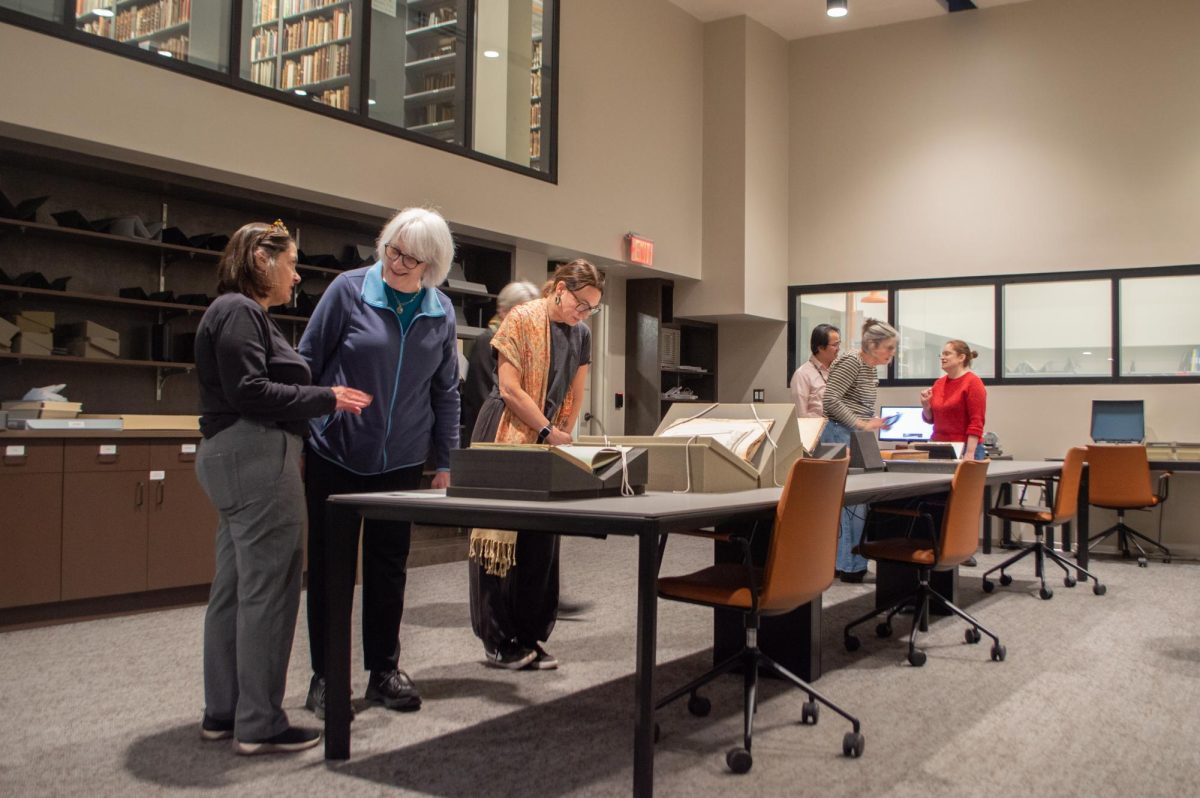By Meghan Davis, News Correspondent
Jambalaya, gumbo and blackened crawfish: Nothing spices up spring break like a bit of authentic Cajun food, straight from the source.
I spent my vacation in New Orleans with Northeastern’s chapter of InterVarsity, a multi-ethnic Christian fellowship group. We worked with Habitat for Humanity and other organizations as part of the ongoing effort to rebuild the city after the destruction of Hurricane Katrina seven years ago. Although it was a working vacation, I still had time to enjoy the city – and perhaps more importantly, some of the food New Orleans is famous for.
My volunteer group was welcomed to Louisiana with a true display of southern hospitality – the church hosting us for the week made a point to stuff us with delicious, old-fashioned comfort food, from spicy chicken wings and cornbread to some of the best macaroni and cheese and mashed potatoes I’ve ever tasted. Since starting college, my definition of a homemade meal has been reduced to canned food heat up in a microwave, so it was a great relief to try some traditional southern dishes made with love by a crew of volunteer cooks.
On top of the wonderful meals we were served every night at the church, I made a point to venture out to the French Quarter to try some New Orleans specialties.
My first experience was discovering the difference between jambalaya and gumbo. I always thought they were synonymous, but they are actually quite different. Jambalaya is a hearty, rice-based dish full of seafood, chicken and other goodies – think a Cajun version of paella. Gumbo, on the other hand, is a savory soup that includes a smaller amount of rice flavored with chunks of chicken, crawfish or shrimp. Many of my friends preferred jambalaya for its spice, but I enjoyed dipping slices of French bread in the gumbo.
After my first taste of Louisiana cuisine, I got a little braver and decided to try a real N’Orleans specialty: alligator. I snagged a bite of my friend’s ‘gator sandwich, and was surprised to find that alligator is served sausage-style, with a tough texture and a taste somewhere between chicken and roast beef. It was pretty tasty, but I think I was more excited by the novelty of eating something so unusual than by the flavor itself.
I also decided to try a serving of crawfish soup (similar to lobster bisque) and a dish of red beans and rice – a southern classic that is pretty flavorful, despite the simple-sounding name. Both were excellent but spicy. By the end of the week, I learned to expect seasoning on everything, from shrimp and other seafood to something as unsuspecting as corn-on the-cob.
My friends and I also made our way to Cafe Du Monde, a French Quarter shop famously known as America’s oldest coffee shop. I’m a coffee lover, so I immediately went for a cup of their specialty cafe au lait (half coffee, half hot milk), which was tastily similar to a latte. I balanced out the coffee with a beignet, a square piece of fried dough covered in a huge amount of powdered sugar, a cross between funnel cake and a doughnut.
I topped off these sweets with a couple of pralines (pecans covered in a fudge-like candy coating), which come in many varieties. Dark chocolate was my favorite. After a week’s worth of Louisiana specialties and southern cooking, I thought I might burst, but I still managed to find room for just one more praline every time.
Now that I’ve returned to the North I’ve had to readjust to dining hall food, which doesn’t have quite the same flavor as some good southern cooking. I have hope though – I’m on the hunt for a good Cajun restaurant, and I can’t wait to dine on some zesty New Orleans food again.








